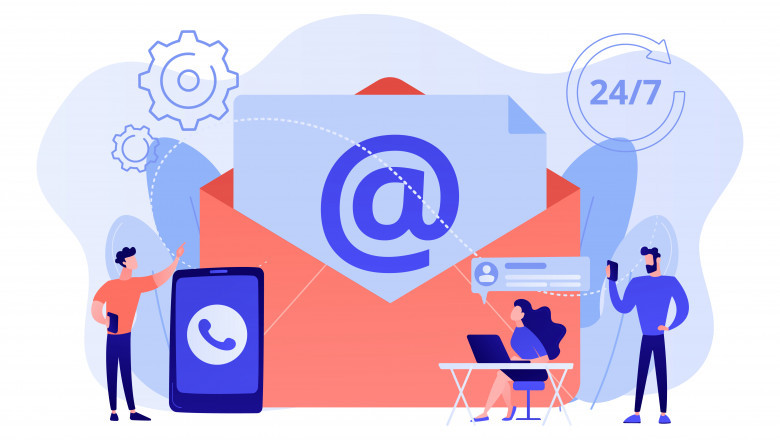views
In the world of digital communication, the terms email marketing and email automation are often used interchangeably. While they share similarities and can work hand-in-hand, they serve different purposes and require different strategies. Understanding the difference is essential for building an effective email strategy that drives results.
What is Email Marketing?
Email marketing is a broad term that refers to the practice of sending emails to a list of subscribers with the goal of promoting products, sharing news, or nurturing customer relationships. These campaigns are typically created and sent manually or on a set schedule.
Examples include:
Monthly newsletters
Promotional offers
Event announcements
Product launches
Email marketing allows for more control over the timing and content of each message. It’s ideal for broadcasting updates or targeting specific segments with well-timed campaigns. However, it does require ongoing effort in creating and sending each email.
What is Email Automation?
Email automation, on the other hand, is a subset of email marketing that uses software to send emails automatically based on triggers, user behavior, or time-based conditions.
Examples include:
Welcome emails are sent when someone signs up
Abandoned cart reminders
Re-engagement emails for inactive users
Birthday or anniversary messages
These emails are part of a pre-defined workflow and are sent automatically without manual intervention. The key advantage of automation is that it works continuously in the background, delivering timely and relevant content to subscribers at scale.
Key Differences Between Email Marketing and Email Automation
Manual vs. Automated
Email Marketing: Requires manual effort to design, schedule, and send each campaign.
Email Automation: Runs on autopilot once the workflow is set up, responding to user actions automatically.
Timing
Email Marketing: Sent at specific times, like weekly or monthly newsletters.
Email Automation: Triggered by user behavior or specific conditions (e.g., a download, purchase, or inactivity).
Personalization
Email Marketing: Can be segmented and personalized to some extent, but generally broader.
Email Automation: Highly personalized based on individual actions and preferences.
Purpose
Email Marketing: Used for announcements, promotions, and general communication.
Email Automation: Designed to nurture leads, build relationships, and guide users through a journey.
Scalability
Email Marketing: Time-consuming to scale as your audience grows.
Email Automation: Easily scales with your business, reaching thousands with tailored content.
Why You Need Both
While email automation is excellent for creating personalized, behavior-driven communication, traditional email marketing is still vital for mass announcements and campaigns. Together, they form a powerful strategy:
Use email marketing to drive seasonal sales or share news.
Use automation to nurture leads, onboard users, or re-engage customers.
Conclusion
Email marketing and email automation are not opposing forces—they complement each other. Understanding their differences helps you leverage each for what it does best. For maximum impact, combine both strategies to build relationships, boost engagement, and drive sustainable business growth.






















Comments
0 comment